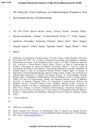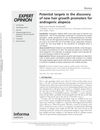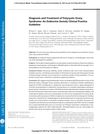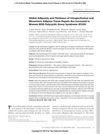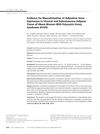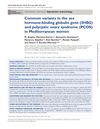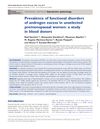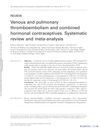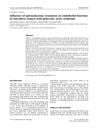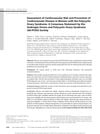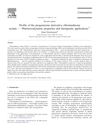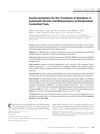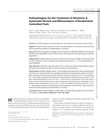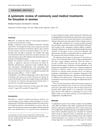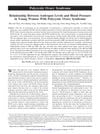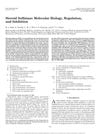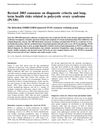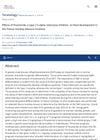Targets to Treat Androgen Excess in Polycystic Ovary Syndrome
September 2015
in “
Expert Opinion on Therapeutic Targets
”
androgen excess polycystic ovary syndrome PCOS oral contraceptive pills OCPs antiandrogens cardiometabolic risk lifestyle management hypothalamic-pituitary-ovary axis adrenal axis androgen biosynthetic pathways androgen receptor signaling luteinizing hormone LH AZD4901 glucocorticoids ketoconazole non-steroidal 5α-reductase inhibitors steroid sulfatase inhibitors hyperandrogenemia endometrial risk cardiometabolic risks hormonal therapy birth control pills antiandrogen drugs lifestyle changes HPO axis androgen production pathways androgen receptor corticosteroids Nizoral 5α-reductase inhibitors sulfatase inhibitors high androgen levels heart risks hormone therapy
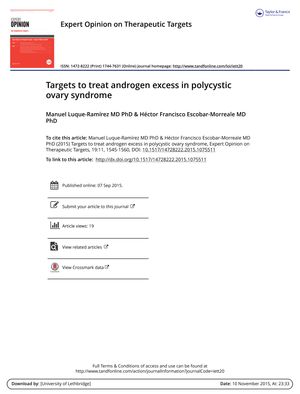
TLDR The conclusion is that while oral contraceptive pills are effective for PCOS-related high androgen levels, new treatments with fewer side effects are needed.
The document from 2015 reviews potential treatments for androgen excess in polycystic ovary syndrome (PCOS), a condition affecting reproductive-aged women. It highlights the heterogeneous nature of PCOS and the side effects of current treatments like oral contraceptive pills (OCPs) and antiandrogens, especially given the increased cardiometabolic risk in women with PCOS. The review suggests tailoring antiandrogenic management to each woman's specific androgen excess source and emphasizes the importance of lifestyle management. It discusses various pathways and mechanisms of androgen synthesis and action, identifying treatment targets such as the hypothalamic-pituitary-ovary and adrenal axes, androgen biosynthetic pathways, and androgen receptor signaling. A clinical trial showed a 52% reduction in luteinizing hormone (LH) with AZD4901 treatment. The document also explores the efficacy of other drugs, the limited use of glucocorticoids and ketoconazole due to side effects, and the potential of non-steroidal 5α-reductase inhibitors and steroid sulfatase inhibitors. It concludes that while OCPs are the most effective treatment for hyperandrogenemia in PCOS, there is a need for treatments that address hyperandrogenic symptoms, reduce endometrial and cardiometabolic risks, and have fewer side effects. The document also calls for more research on the long-term cardiovascular effects of OCPs and alternative treatments for women with contraindications to hormonal therapy.
